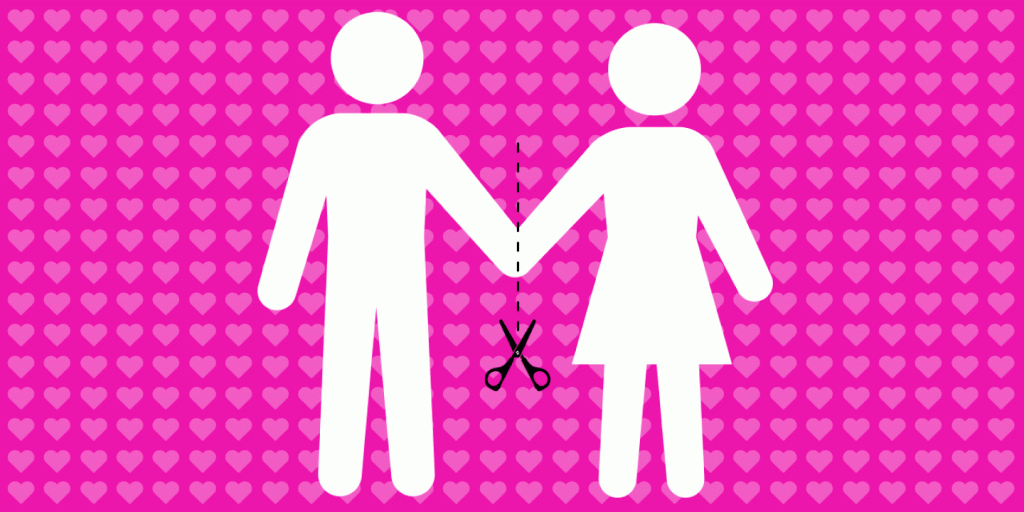How to Fix a Failed Relationship
How to Fix a Failed Relationship
Finding true love is a major life goal for most people, but keeping love alive and sustaining a successful relationship is often challenging. If you’re facing a failed relationship, it’s natural to seek ways to fix that relationship. Letting go of a failed romance can be difficult. In some cases, you may discover that moving on is your best option. But through patience, insight and honesty, fixing a failed relationship might be one of the best choices you’ll make.
Step 1
Explore your reasons for wanting to fix the relationship. There may be unspoken motivations, such as anxiety about finding a new partner, financial dependence on your partner or a sense that you’ve contributed too much to the relationship to just give up. Understanding these reasons will help you know whether to move ahead and fix the relationship, and also how to fix the specific problems when you do.
Step 2
Identify the reasons the relationship failed. The reasons may be obvious, including infidelity, frequent fights or disagreements about key issues such as money, marriage or children. In some cases, the failure may stem from smaller and more subtle problems. Small annoyances and disagreements may accumulate over time, creating deep-seated resentment, or you may have stopped communicating.
Step 3
Respect boundaries. Your partner may not be eager to discuss the relationship. Display patience and respect by acknowledging this. Allow time and space, rather than constantly contacting your partner or aggressively pushing for a discussion. Both of you need time for introspection.
Step 4
Communicate. Even if you and your partner already talk to each other, find new, honest ways to communicate. If you’ve been fighting, agree to set aside past conflicts and listen to each other with open minds. Avoid accusatory language — say “I feel” rather than “you are.” Listen respectfully, and set aside your own interpretations of the situation. Ask that your partner do the same.

Step 5
Seek professional guidance. When you’re dealing with a failed relationship, you probably have habits and patterns that are difficult to break. Seeking the outside opinion and knowledgeable help of a professional counselor can reveal important truths, and strengthen your relationship in new ways.
Step 6
Remain positive. Dealing with a potential break-up brings negative emotions, including possible anxiety, depression, regret, resentment and feelings of failure. While you shouldn’t hide your emotions, try not to display an overly negative image to your partner. Keep an optimistic look and emphasize the positive memories of your relationship.
Step 7
Improve yourself. In most cases, it takes two people to produce a failed relationship. Look for ways to improve yourself, such as pursuing interests and hobbies you always put off or developing more assertiveness. Don’t change merely to please your partner. Consider your own goals and aspirations.

